Building for SaaS Growth: Architecting Systems for 10 to 500 Customers
TL;DR This guide walks development teams through the technical considerations and architectural patterns essential for supporting B2B SaaS businesses as they scale from early validation to hundreds of customers. We’ll break down the mindset shifts, system changes, and practical decisions founders and engineers must make at each stage for sustainable growth. Introduction: The Importance of Technical Architecture in SaaS Growth B2B SaaS businesses often struggle not because of product-market fit issues, but because their technical architecture and processes can’t scale with user growth. The same systems that work for the first few customers rarely survive the transition to dozens, let alone hundreds. For technical professionals, the challenge is to create adaptive, resilient architectures—enabling the shift from founder-led, manual workflows to automated, repeatable, and scalable operations. Stage 1: Validation Phase (1-10 Customers) Technical Challenges and Solutions At the very start, you’re likely supporting users personally and iterating rapidly on product features based on direct feedback. Manual processes are not just acceptable—they’re often necessary for speed and flexibility. Manual Feedback Collection: At this stage, collecting user feedback manually is fine. The key is to store every piece of user input, complaint, or feature request in a structured way so you can quickly analyze and iterate. Minimalist Analytics: Instrument your application with basic event tracking for user actions, errors, and feature usage. This data doesn’t need to be in a sophisticated analytics platform yet; simple logs or a lightweight database table are enough. Direct User Engagement: Interact directly with users to resolve issues and gather insights. This helps you build empathy and rapidly validate your product direction. Stage 2: Pattern Recognition and Systemization (10-100 Customers) Building Scalable Feedback Loops and Metrics As you move into double-digit customer territory, manual feedback loops become unsustainable. Now is the time to introduce automation and systematic data collection. Automated Onboarding: Implement self-service onboarding and automated email sequences to guide new users through your product. This frees up your team’s time and improves user experience. Systematic Metrics Collection: Build processes to track key SaaS metrics such as time to first value, activation rate, and Net Promoter Score (NPS). Start consolidating these metrics into dashboards for real-time visibility. Enhanced Analytics Instrumentation: Upgrade your event tracking to capture more detailed user journeys and interactions. Use this data to identify usage patterns and prioritize product improvements. Stage 3: Scaling Phase (100-500 Customers) Advanced System Integration and Automation Once you approach 100 customers or more, manual management and basic scripts are no longer viable. Scalability and reliability require more advanced automation and integration. Customer Success Automation: Automate outreach based on user behavior, such as triggering messages when users are inactive or reach feature milestones. This helps manage churn and encourages feature adoption. Product-Led Growth Features: Introduce self-service upgrades, in-app guides, and expansion triggers to drive upsells and cross-sells. Metrics-Driven Decision Making: Expand your dashboarding and reporting to cover all critical SaaS metrics. Set up automated alerts for anomalies and performance issues. Technical Challenges at Scale As your customer base grows, so do the technical complexities. Here are some key challenges and solutions: Data Consistency and Reliability: Implement database transactions and retries to ensure data integrity. As user volume increases, consider database sharding or read replicas to maintain performance. Performance Monitoring: Use Application Performance Monitoring (APM) tools to keep an eye on system health. Automated alerts for downtime and performance degradation are critical. Security and Compliance: As you move upmarket, add Single Sign-On (SSO) capabilities and robust audit logging. Encrypt sensitive data both at rest and in transit to meet enterprise security requirements. Conclusion and Community Questions Scaling a B2B SaaS application from a handful of users to hundreds requires constant technical evolution. The systems that serve you in the early days must be augmented or replaced with automation, analytics, and robust infrastructure as you grow. What technical challenges have you faced while scaling your SaaS application? What automation or architectural changes have you implemented that had the biggest impact? This article was adapted from my original blog post. Read the full version here: The Founder’s Survival Guide to B2B SaaS Growth

TL;DR
This guide walks development teams through the technical considerations and architectural patterns essential for supporting B2B SaaS businesses as they scale from early validation to hundreds of customers. We’ll break down the mindset shifts, system changes, and practical decisions founders and engineers must make at each stage for sustainable growth.
Introduction: The Importance of Technical Architecture in SaaS Growth
B2B SaaS businesses often struggle not because of product-market fit issues, but because their technical architecture and processes can’t scale with user growth. The same systems that work for the first few customers rarely survive the transition to dozens, let alone hundreds.
For technical professionals, the challenge is to create adaptive, resilient architectures—enabling the shift from founder-led, manual workflows to automated, repeatable, and scalable operations.
Stage 1: Validation Phase (1-10 Customers)
Technical Challenges and Solutions
At the very start, you’re likely supporting users personally and iterating rapidly on product features based on direct feedback. Manual processes are not just acceptable—they’re often necessary for speed and flexibility.
- Manual Feedback Collection: At this stage, collecting user feedback manually is fine. The key is to store every piece of user input, complaint, or feature request in a structured way so you can quickly analyze and iterate.
- Minimalist Analytics: Instrument your application with basic event tracking for user actions, errors, and feature usage. This data doesn’t need to be in a sophisticated analytics platform yet; simple logs or a lightweight database table are enough.
- Direct User Engagement: Interact directly with users to resolve issues and gather insights. This helps you build empathy and rapidly validate your product direction.
Stage 2: Pattern Recognition and Systemization (10-100 Customers)
Building Scalable Feedback Loops and Metrics
As you move into double-digit customer territory, manual feedback loops become unsustainable. Now is the time to introduce automation and systematic data collection.
- Automated Onboarding: Implement self-service onboarding and automated email sequences to guide new users through your product. This frees up your team’s time and improves user experience.
- Systematic Metrics Collection: Build processes to track key SaaS metrics such as time to first value, activation rate, and Net Promoter Score (NPS). Start consolidating these metrics into dashboards for real-time visibility.
- Enhanced Analytics Instrumentation: Upgrade your event tracking to capture more detailed user journeys and interactions. Use this data to identify usage patterns and prioritize product improvements.
Stage 3: Scaling Phase (100-500 Customers)
Advanced System Integration and Automation
Once you approach 100 customers or more, manual management and basic scripts are no longer viable. Scalability and reliability require more advanced automation and integration.
- Customer Success Automation: Automate outreach based on user behavior, such as triggering messages when users are inactive or reach feature milestones. This helps manage churn and encourages feature adoption.
- Product-Led Growth Features: Introduce self-service upgrades, in-app guides, and expansion triggers to drive upsells and cross-sells.
- Metrics-Driven Decision Making: Expand your dashboarding and reporting to cover all critical SaaS metrics. Set up automated alerts for anomalies and performance issues.
Technical Challenges at Scale
As your customer base grows, so do the technical complexities. Here are some key challenges and solutions:
- Data Consistency and Reliability: Implement database transactions and retries to ensure data integrity. As user volume increases, consider database sharding or read replicas to maintain performance.
- Performance Monitoring: Use Application Performance Monitoring (APM) tools to keep an eye on system health. Automated alerts for downtime and performance degradation are critical.
- Security and Compliance: As you move upmarket, add Single Sign-On (SSO) capabilities and robust audit logging. Encrypt sensitive data both at rest and in transit to meet enterprise security requirements.
Conclusion and Community Questions
Scaling a B2B SaaS application from a handful of users to hundreds requires constant technical evolution. The systems that serve you in the early days must be augmented or replaced with automation, analytics, and robust infrastructure as you grow.
What technical challenges have you faced while scaling your SaaS application?
What automation or architectural changes have you implemented that had the biggest impact?
This article was adapted from my original blog post. Read the full version here:
The Founder’s Survival Guide to B2B SaaS Growth
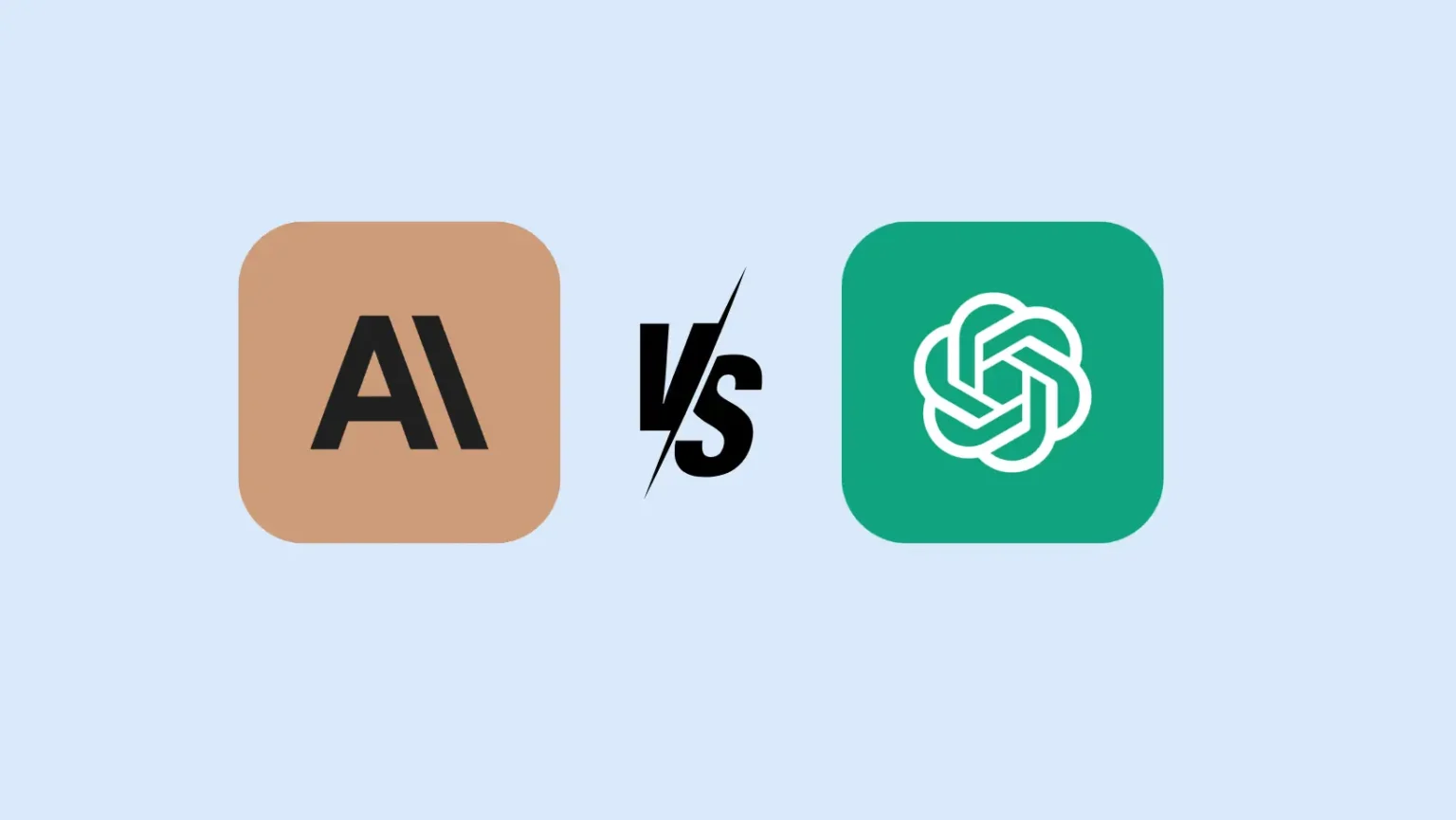
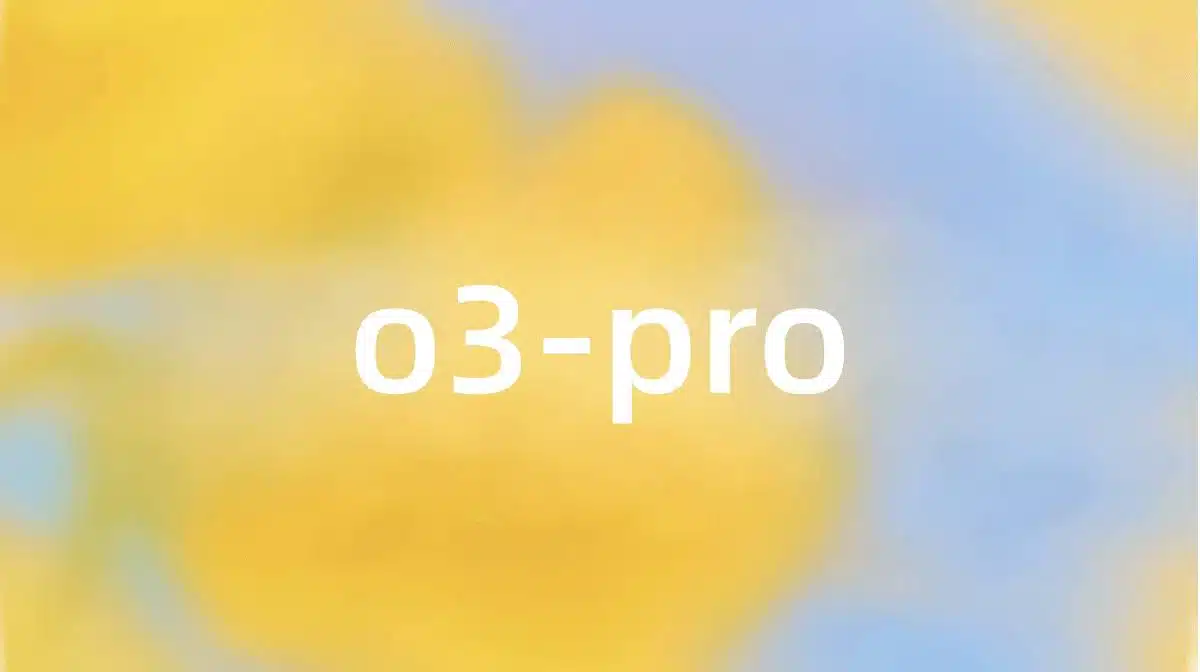























































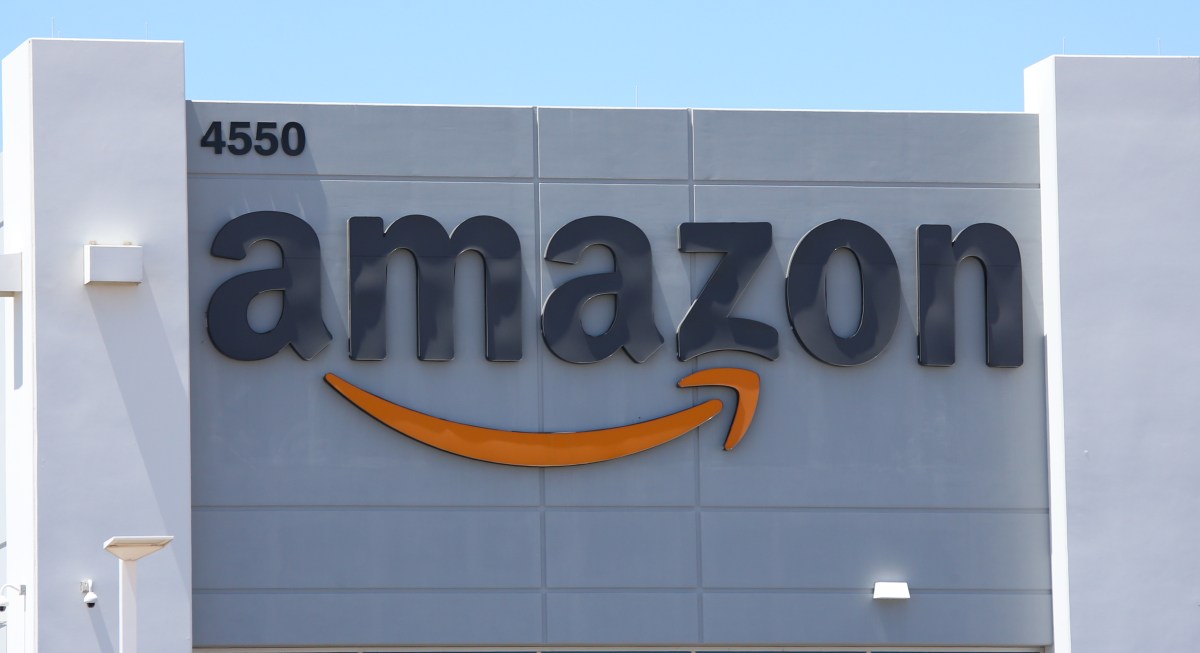
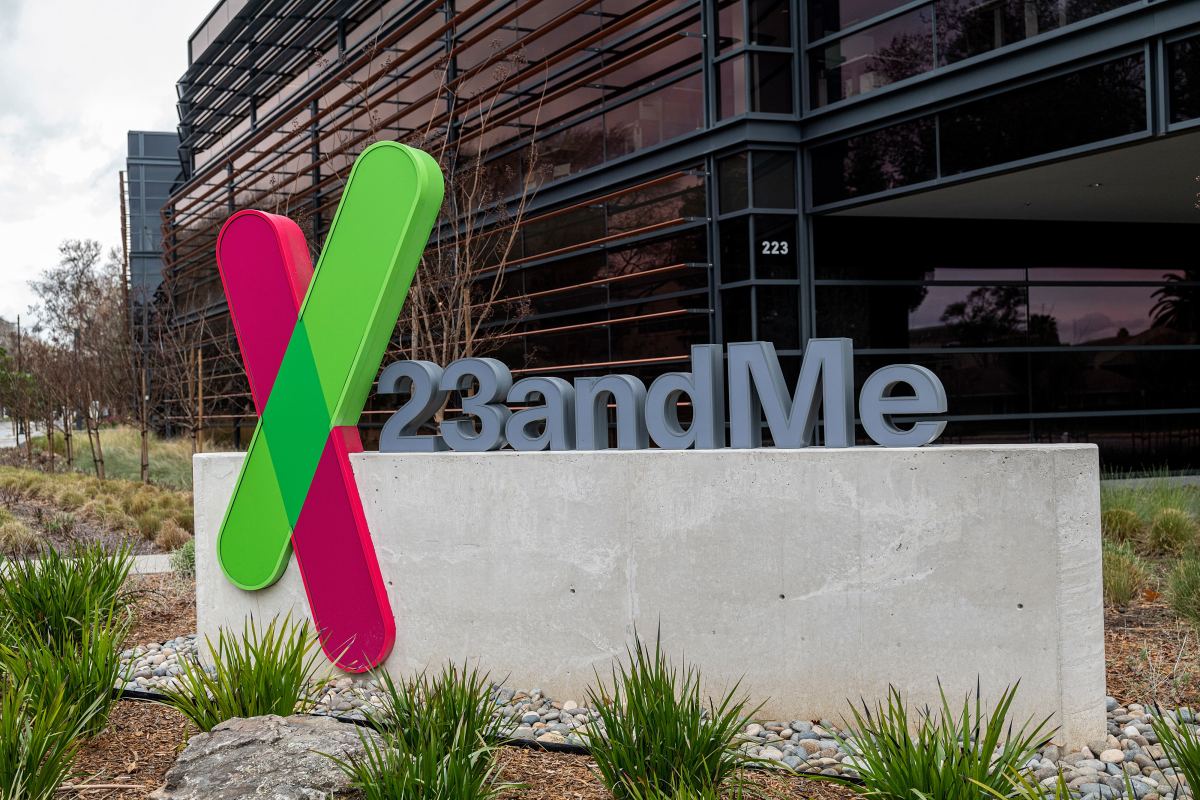

























































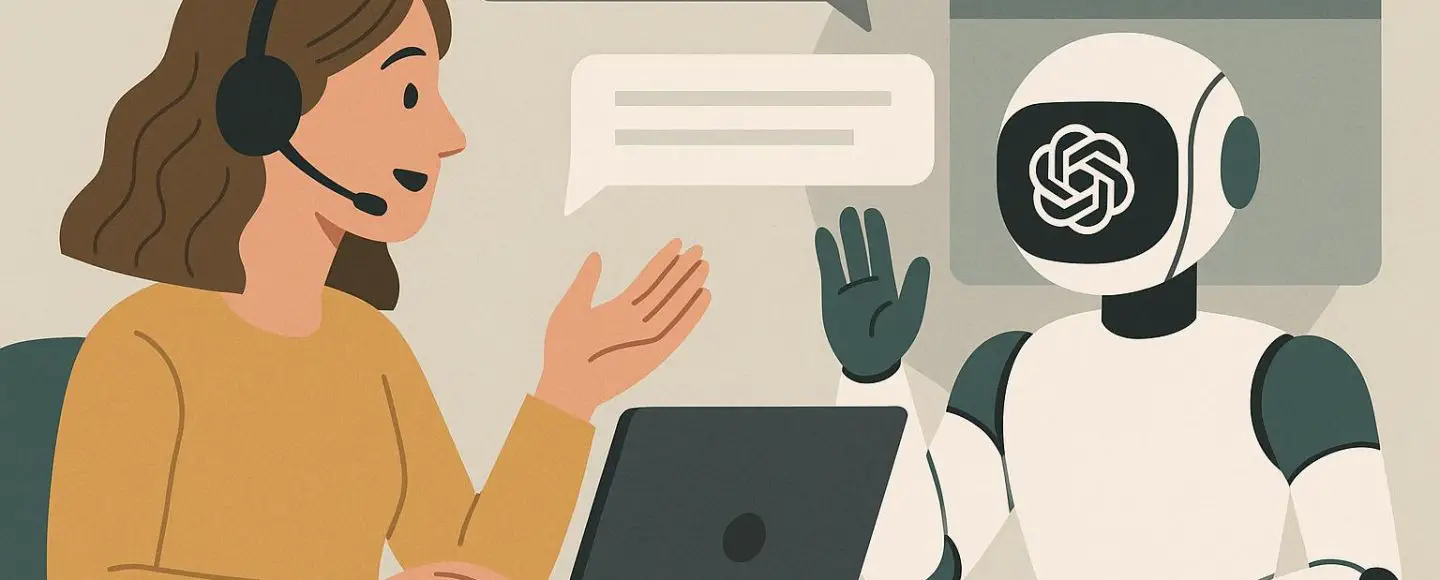


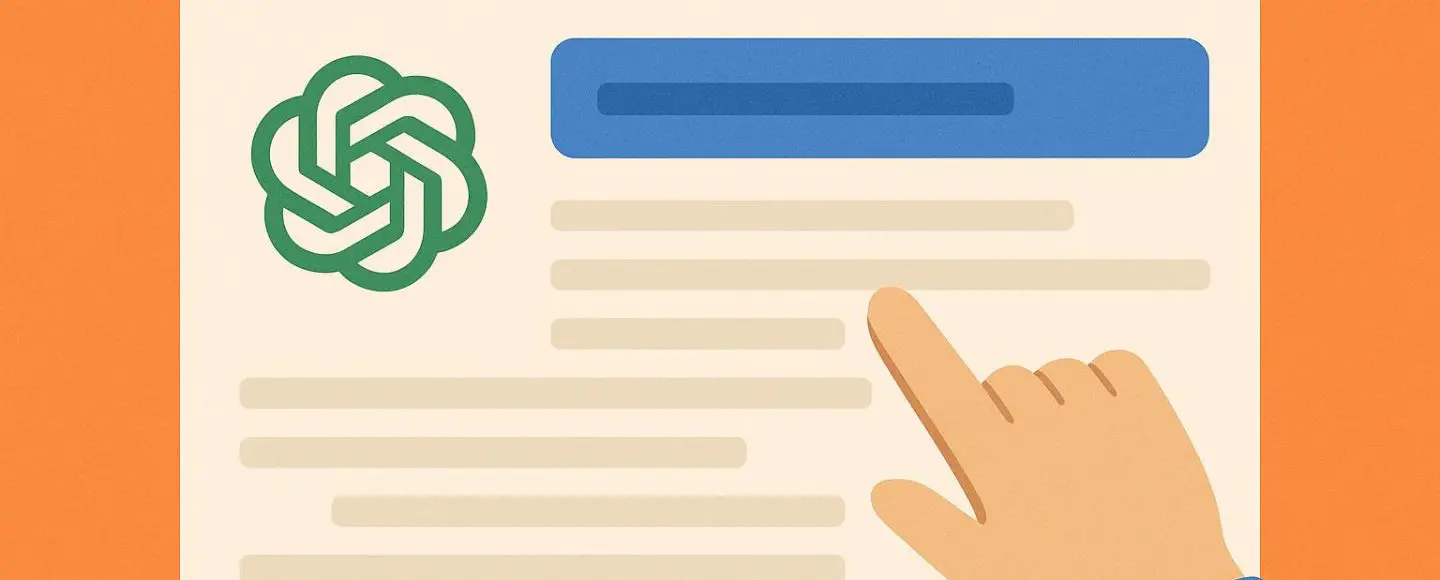























































![[The AI Show Episode 153]: OpenAI Releases o3-Pro, Disney Sues Midjourney, Altman: “Gentle Singularity” Is Here, AI and Jobs & News Sites Getting Crushed by AI Search](https://www.marketingaiinstitute.com/hubfs/ep%20153%20cover.png)


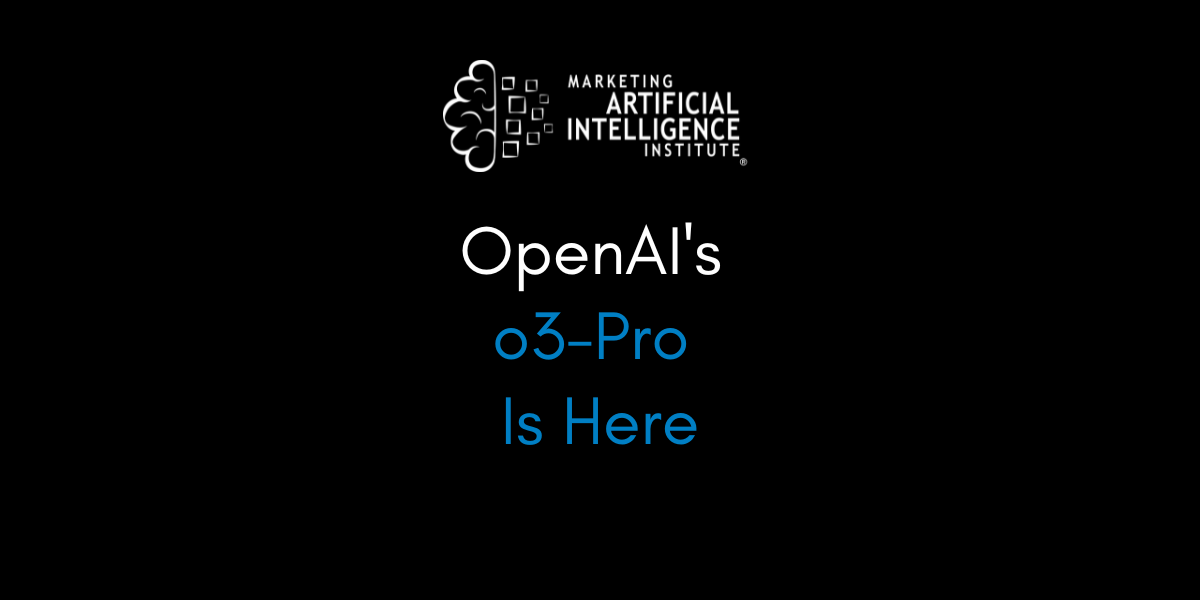







































































































































































.png?width=1920&height=1920&fit=bounds&quality=70&format=jpg&auto=webp#)





































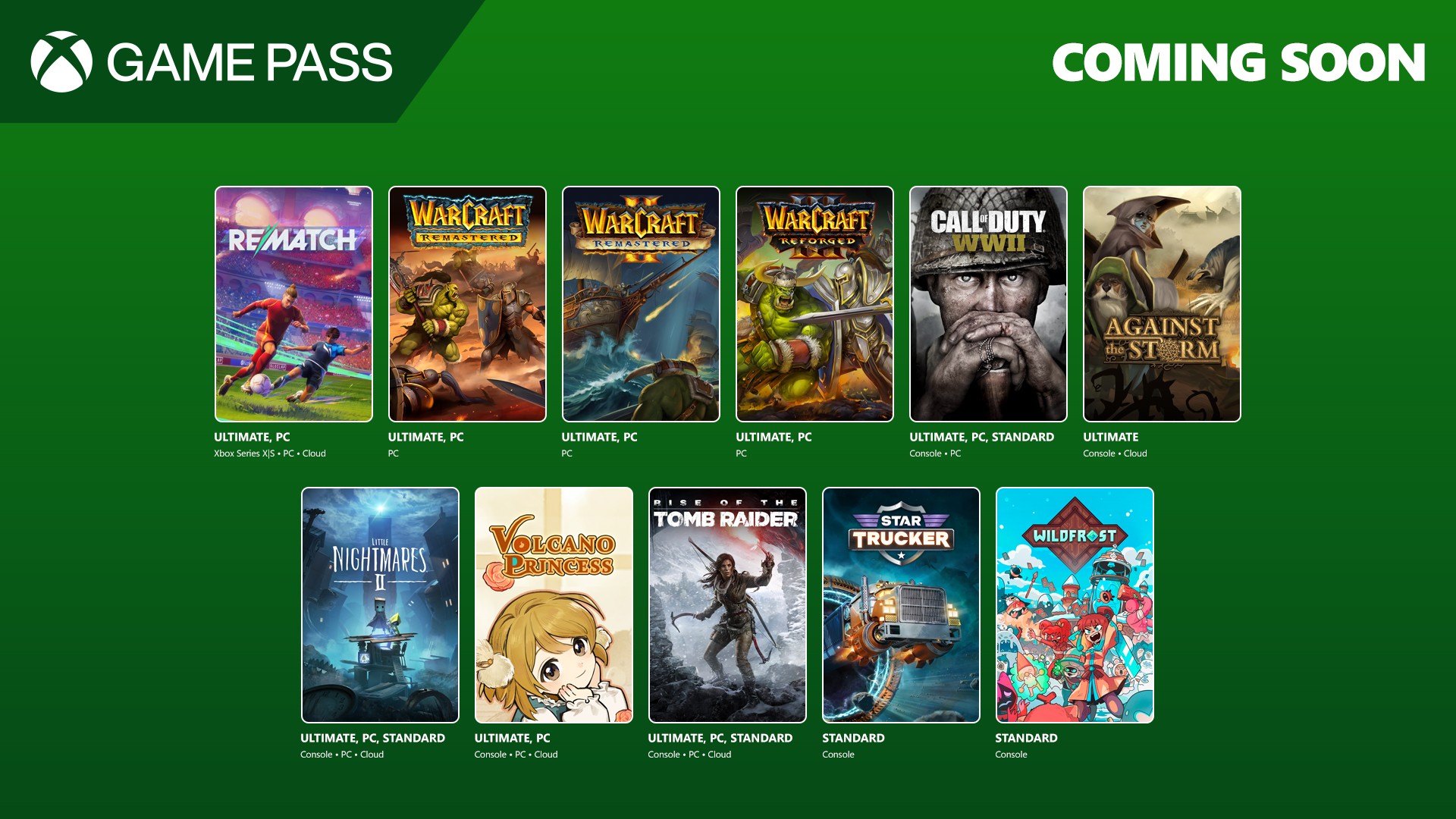






















.jpg?#)






























_wsf_AL_Alamy.jpg?width=1280&auto=webp&quality=80&disable=upscale#)













































































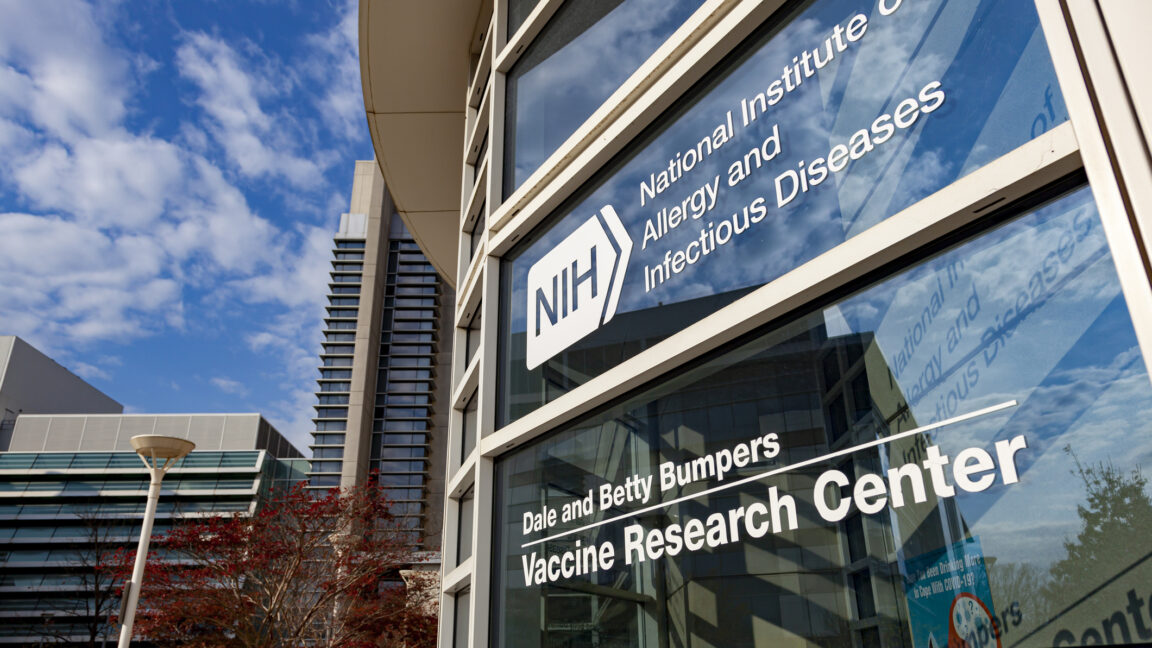
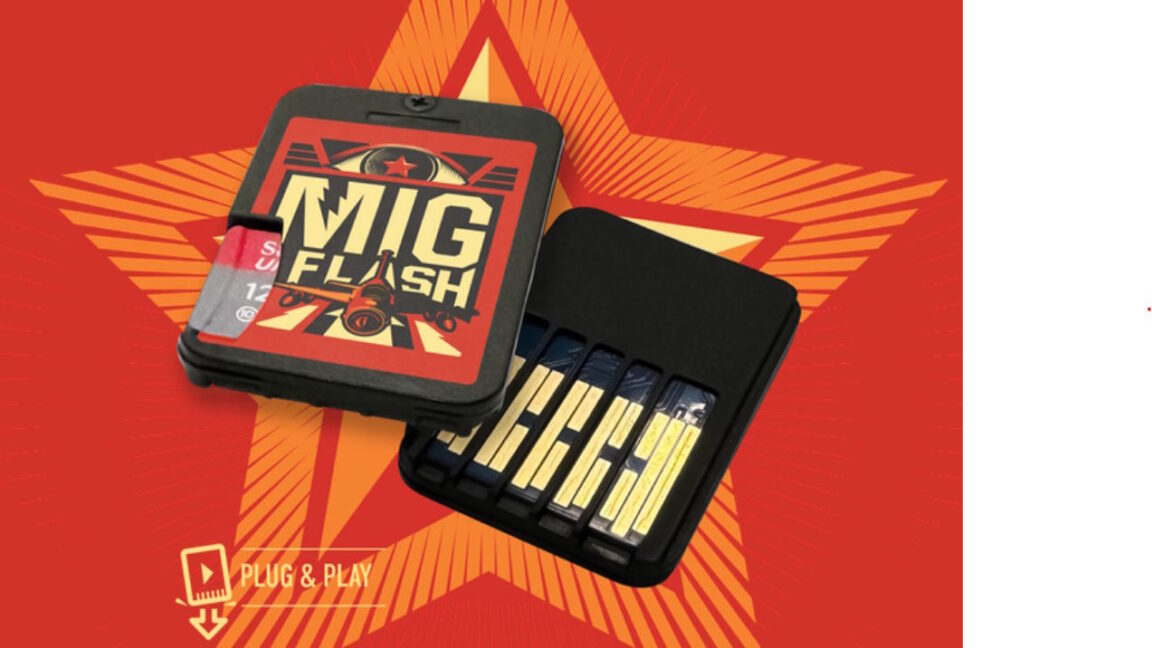






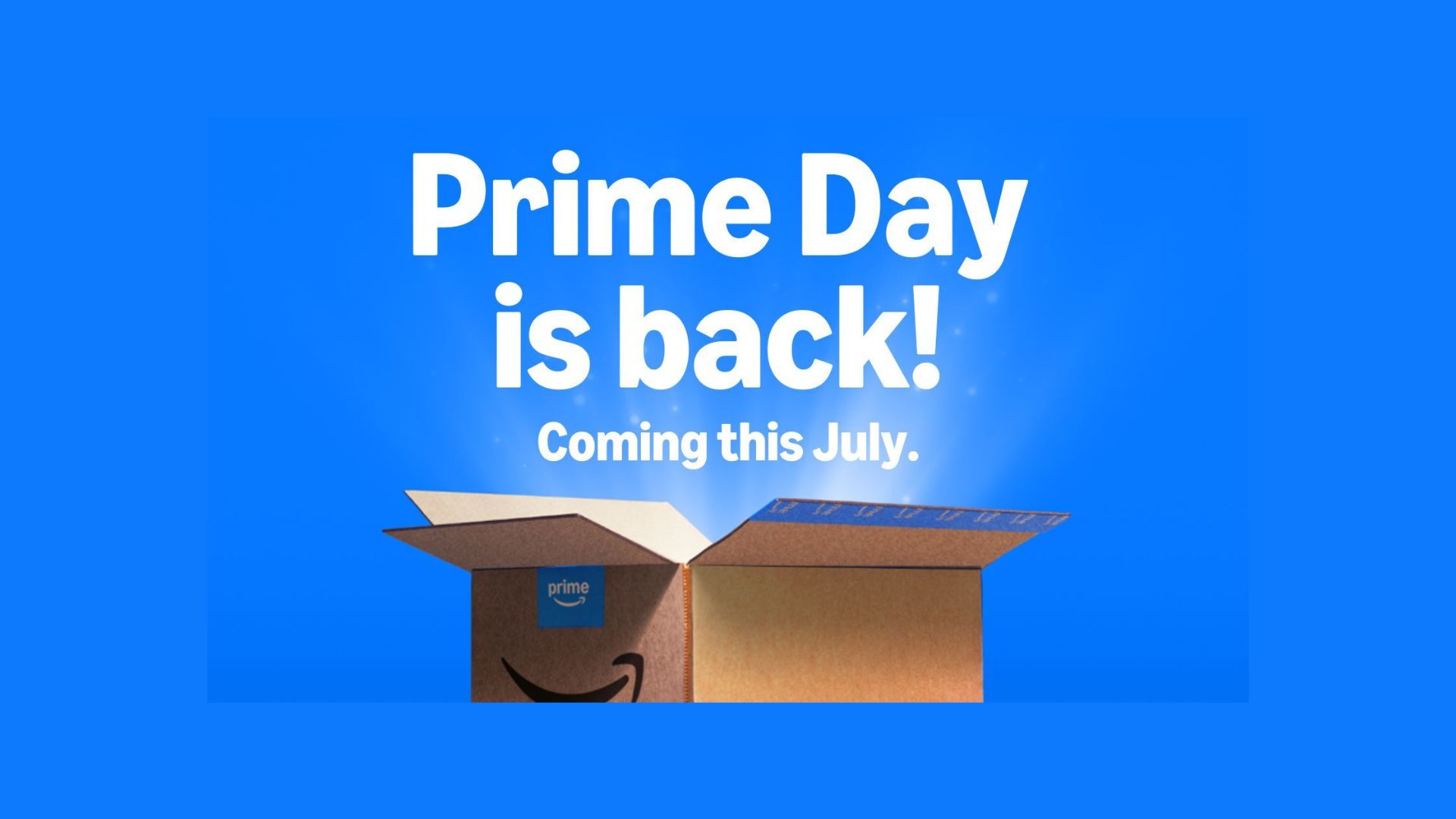



















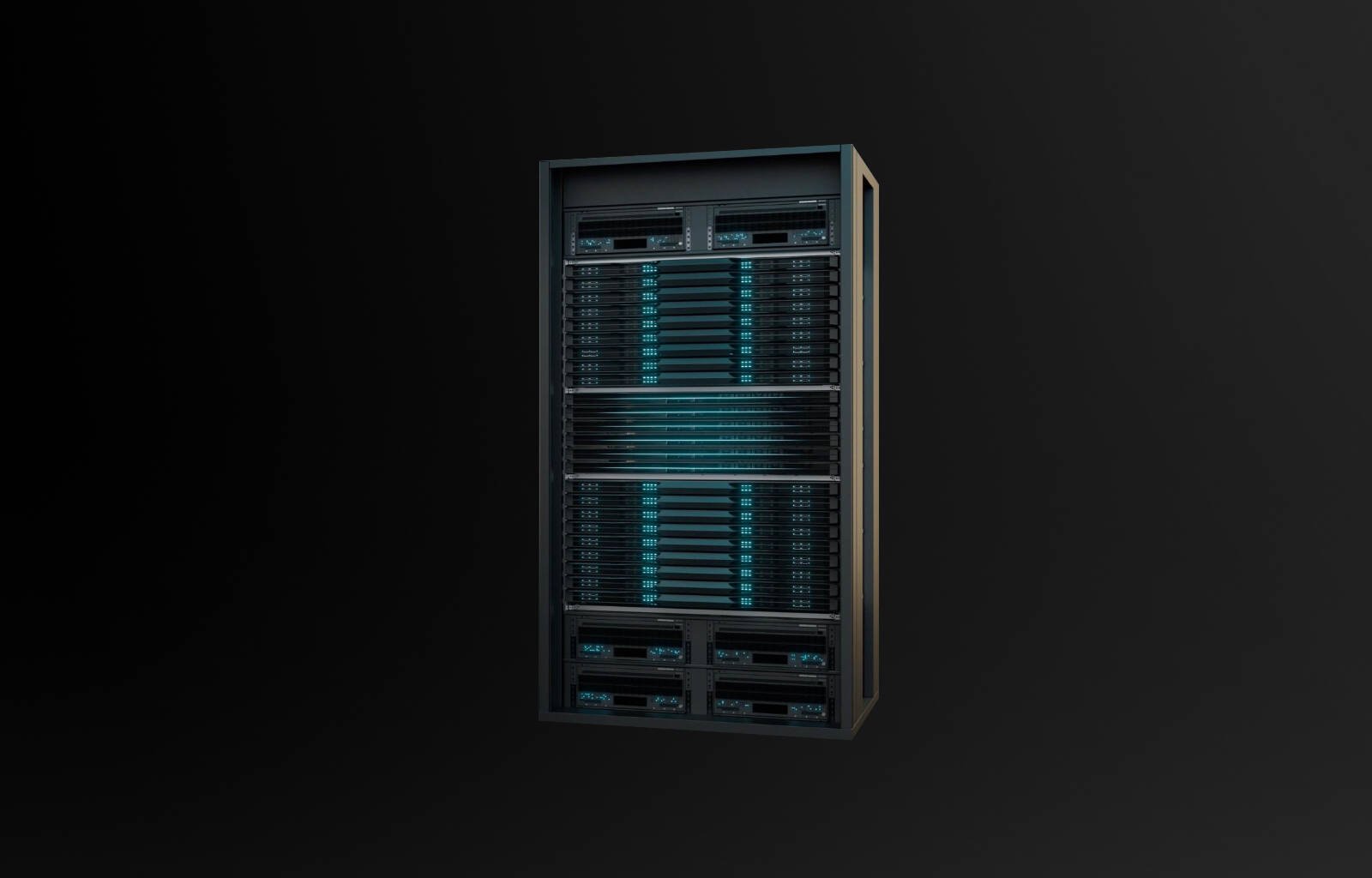
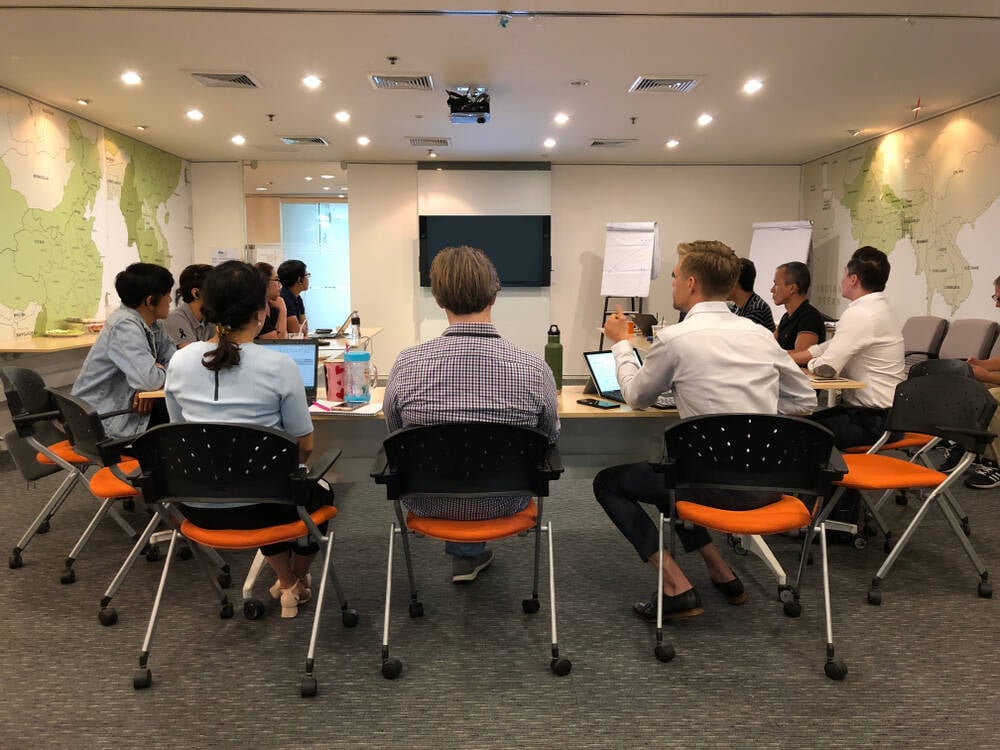



![Google Mocks Apple's 'New' iOS 26 Features in Pixel Ad [Video]](https://www.iclarified.com/images/news/97638/97638/97638-640.jpg)
























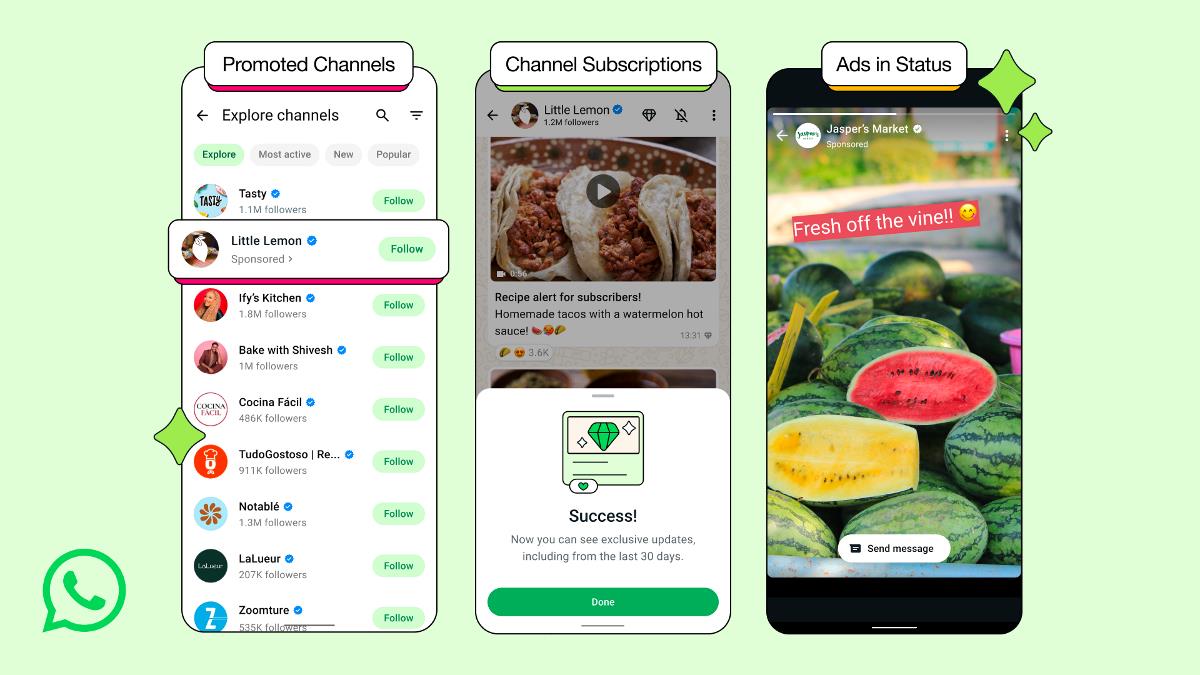
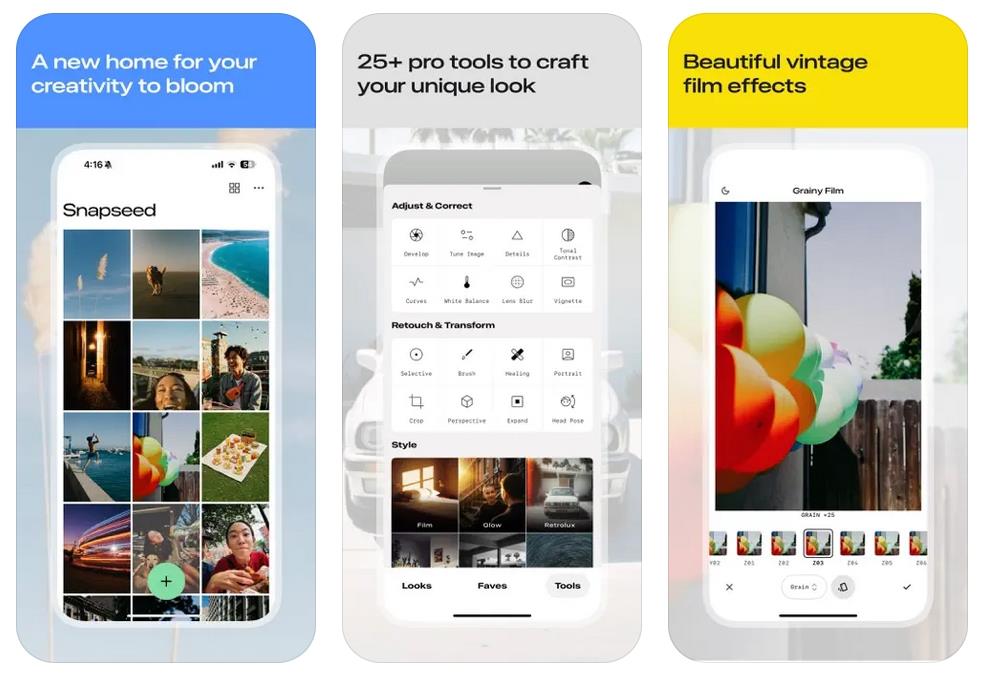

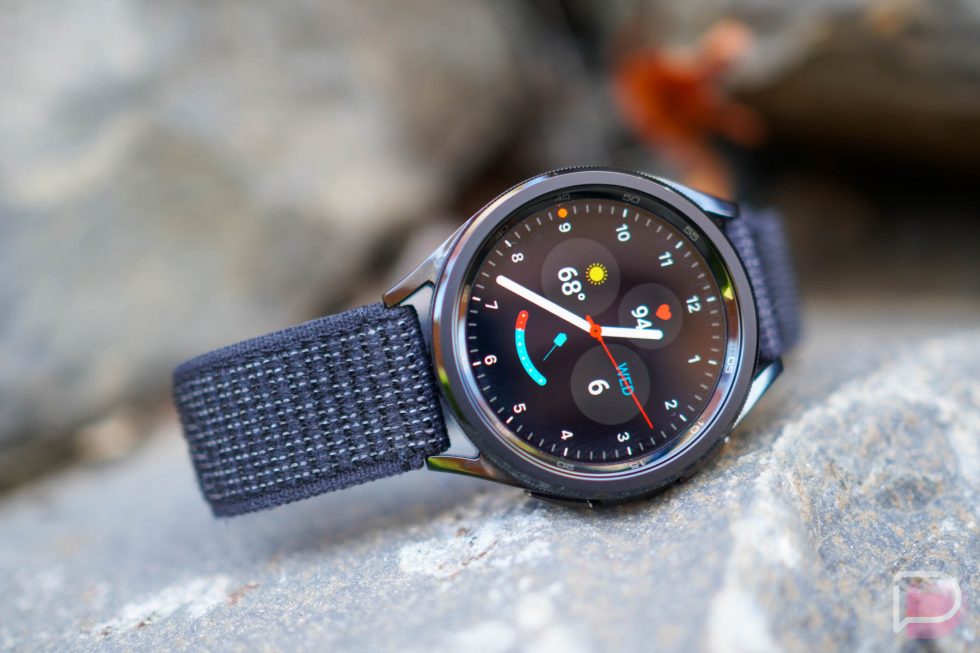
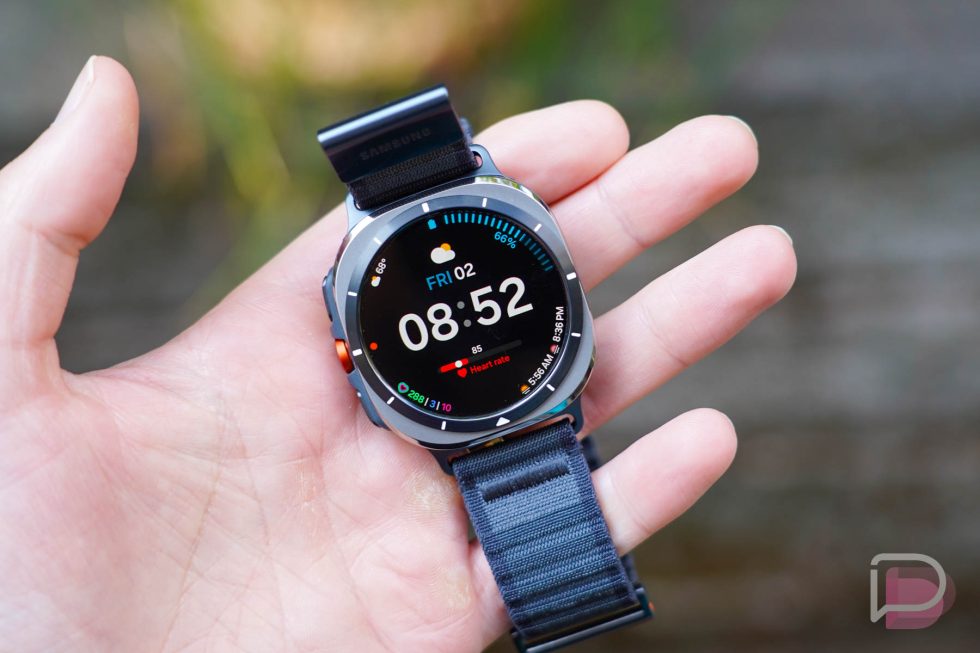

























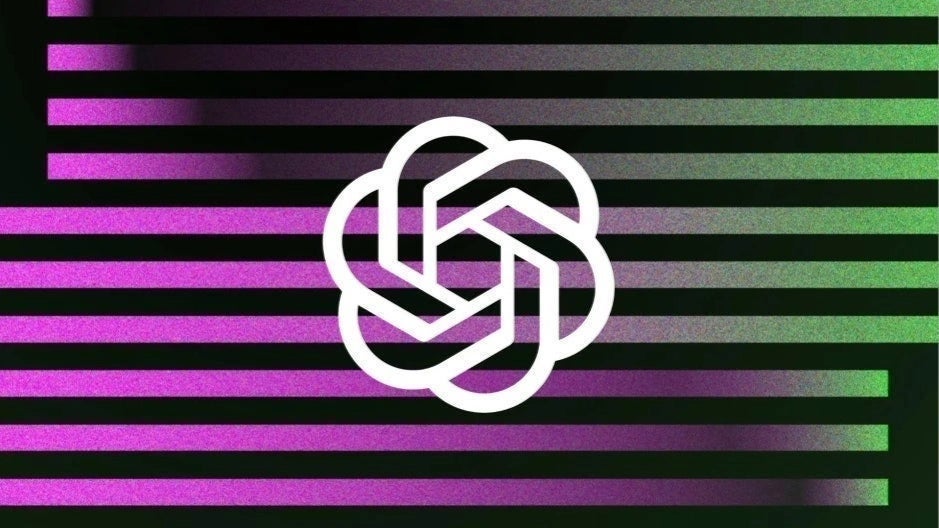
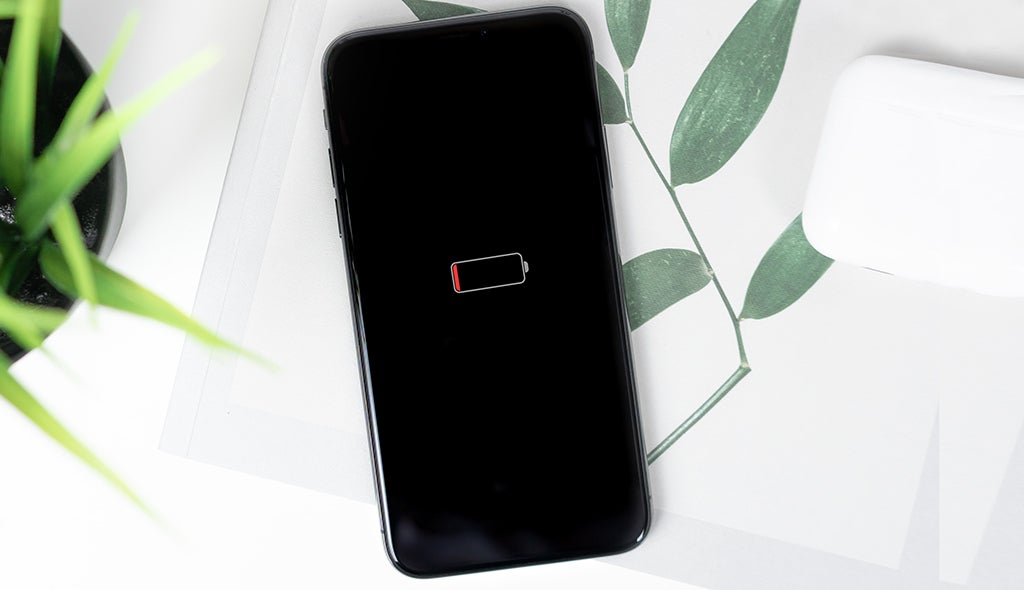















![Python Monorepos & the Polylith Developer Experience [video]](https://media2.dev.to/dynamic/image/width%3D1000,height%3D500,fit%3Dcover,gravity%3Dauto,format%3Dauto/https:%2F%2Fdev-to-uploads.s3.amazonaws.com%2Fuploads%2Farticles%2Fiqrwybqqlu868g61sij8.png)